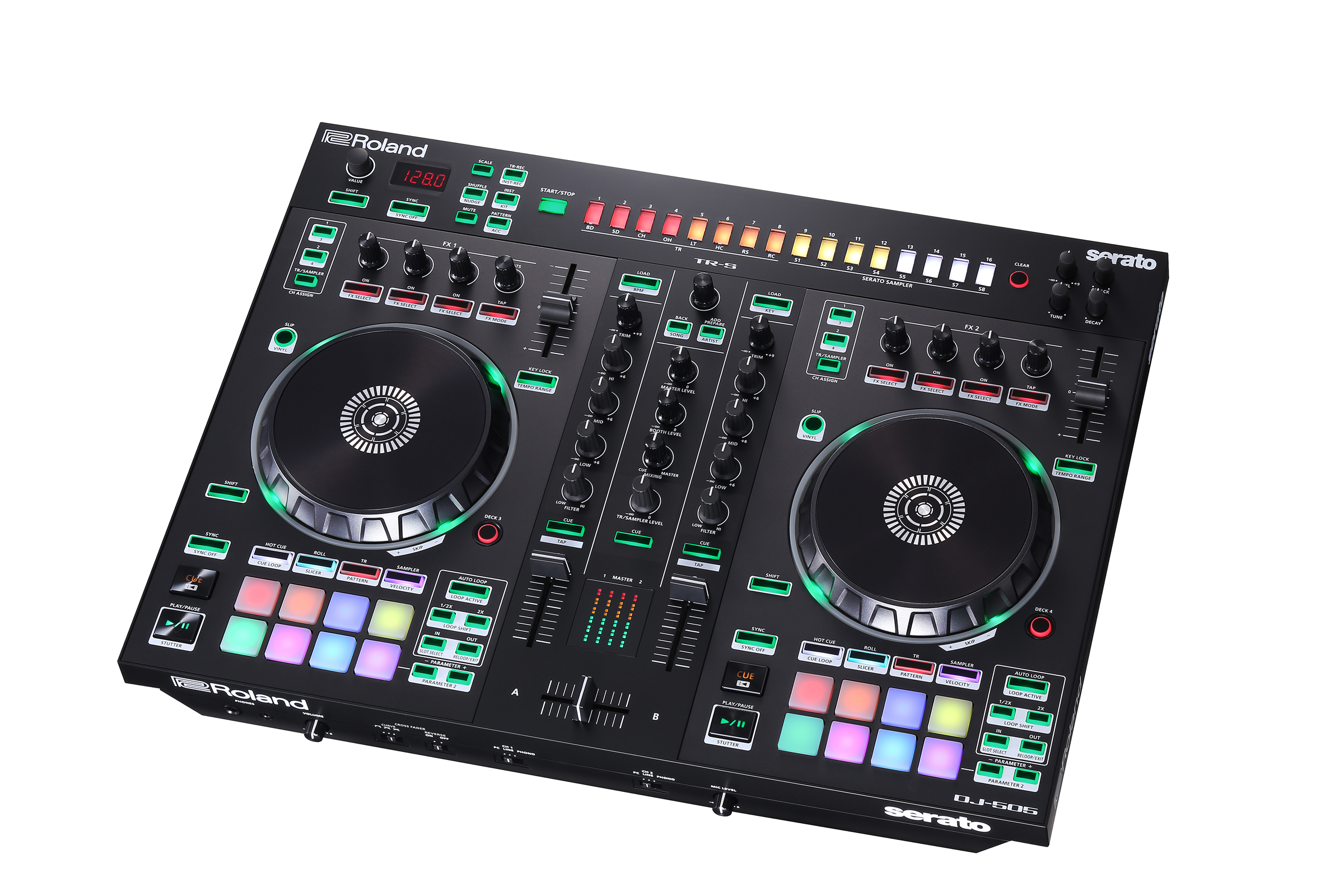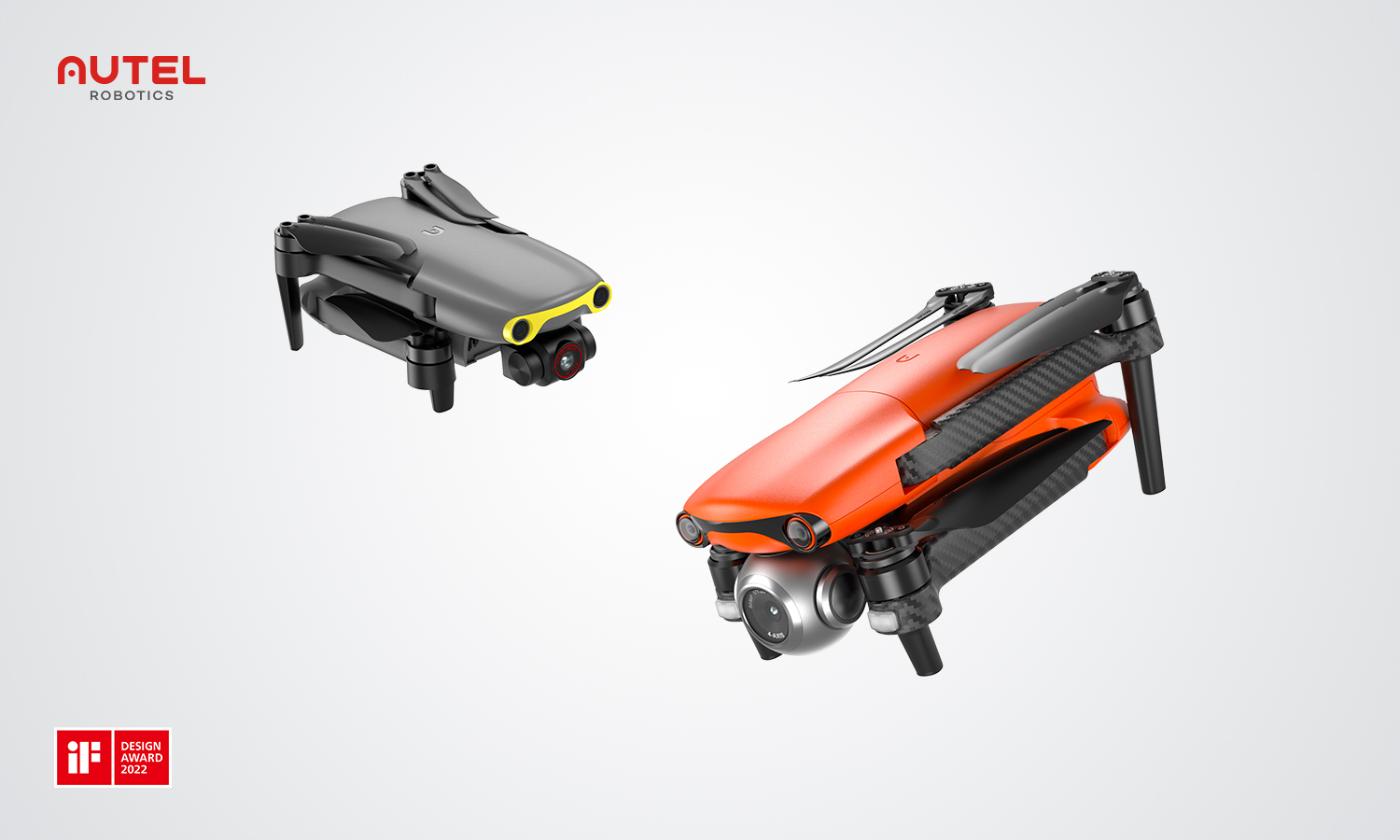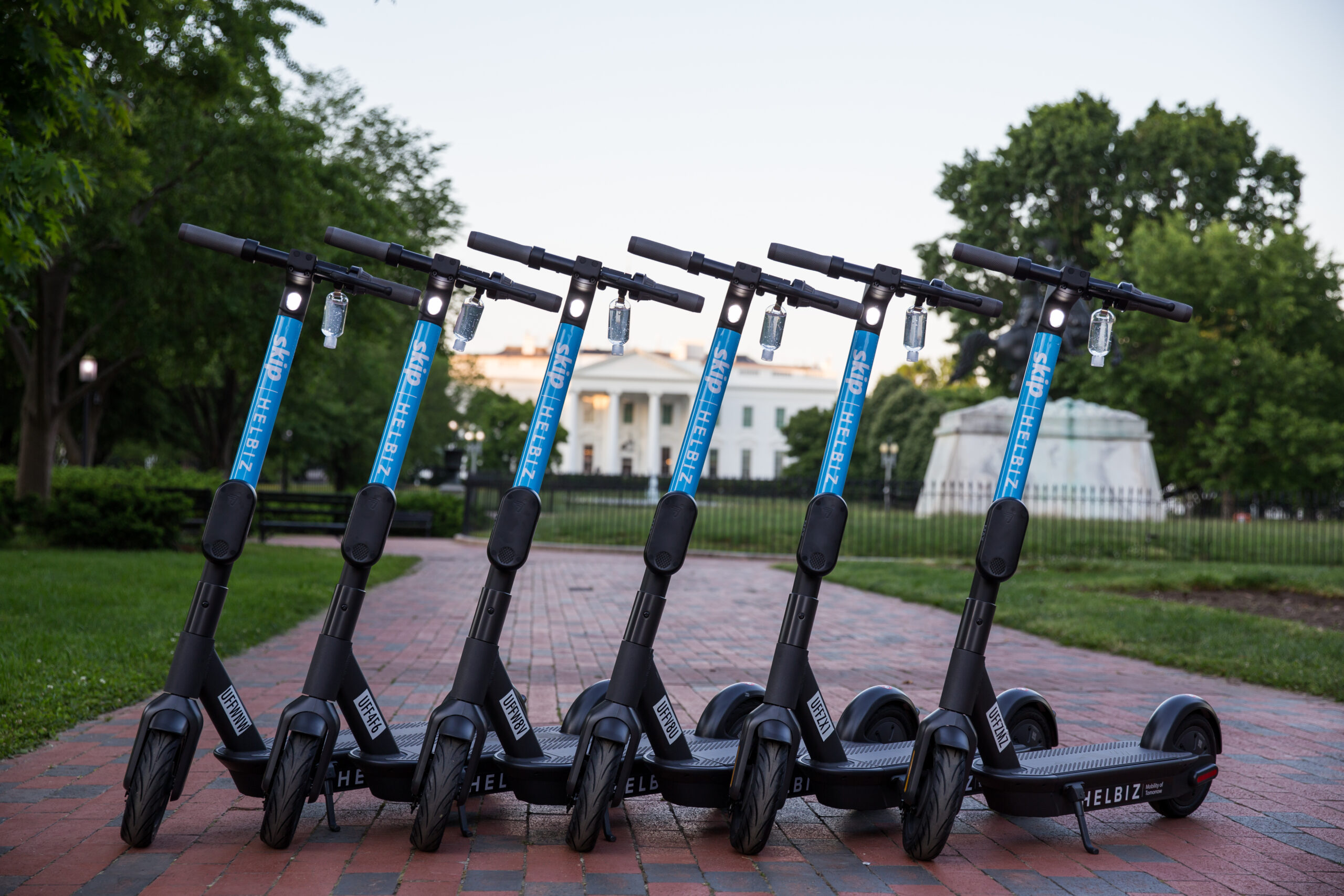5 Technologies That Help People With Mobility and Disability Problems
Mobility is one of the most important human abilities in society. It helps people do their tasks and create their own path in life. Being able to move around freely lets someone explore the world and discover new things. Moving around can also enhance the health and well-being of a person. However, there are times when someone’s mobility can be compromised, which can limit movements.
There are rare cases when someone’s mobility was impaired after birth or during childhood. Injuries from accidents are also one of the main contributors to mobility impairment. Medical conditions, such as stroke, can also weaken someone’s body and render the patient paralyzed or unable to speak. However, the most common cause of impaired movement is the loss of muscle mass and bone weakening because of old age.
Because of the technological advantages in the past decades, more and more innovative inventions and researches are done to help people with restricted movements. The so-called “Assistive Technologies” are gadgets or apps that are developed to ease the difficulties of impaired mobility encountered on a daily basis.
Assistive Technologies
In this article, the five most innovative assistive technologies are listed. Almost all of these are now accessible and are in the consumer market level already, while other gadgets on the list are still on development. Hopefully, these innovations will be available in the market in the future.
1. Stair Chairs
When you have weak muscles, a lot of movements is a pain in the neck, especially if you’re already in the golden days of your life. But there is no greater pain in the neck than taking flights of stairs just to go to other parts of the house. Fortunately, there is an installable device called the “stair lift” which is a moving chair that takes someone up or down the stairs. This device can be operated alone, which makes it more convenient.
2. Zinger Chairs
This next gadget is not installable. Instead, it is used like a wheelchair. The only difference is that the Zinger Chair is lightweight, foldable, and has more maneuverability. By controlling the two steering sticks on the side, the controller can take a U-turn and many more movements compared to the traditional wheelchair. What makes this device more convenient is that the rider does not have to transfer to another chair just to sit at a table. Zinger chairs require two hands to operate. You can learn more at www.zingerchair.com.
3. Eye Tracking Communication Systems
People who are paralyzed or weakened by stroke or other medical situations will have a hard time communicating with other people, which diminishes their quality of life greatly. The patient will only have limited communication options such as shaking or nodding for approval or disapproval. Fortunately, there are systems that utilize eye-tracking technology that a paralyzed person can use for communication. By tracking eye movements, an onscreen keyboard can be operated. There are even suggested words and phrases for easier user experience.
4. Touch-Free Phones
Mobile phones are now integrated into our daily lives. Some of the appliances and devices need to be operated with smartphones to be functional (IoT devices). People with disabilities are not an exception, however. In some cases, a regular phone is not equipped for the needs that arise with limited mobility.
Fortunately, there are touch-free phones that are now available in the market, with UI, AI, and sensors that are equipped to be used using small head movements, which is tracked by the front-facing camera. It’s not completely hand-free if it doesn’t have voice control, so the developers of the phone added the feature.
5. Advanced Prosthetic Devices
Prosthetics have been helping people for a long time now. The first prosthetics were made with wood and metal and are just there to support movement and balance. Then, plastic prosthetics were made. These mimic the form of an arm or a limb. These prosthetics are usually static and are only worn to support form and balance.
However, the game was changed forever with the invention of robotic prosthetics. Robotic prosthetics, unlike its predecessors, are made to answer the specific needs of an amputee and are not made for a standard fit. In fact, the development of this tech has been gaining pace rapidly. Now, there are mind-controlled robotic arms and robotic prosthetics that can “feel.” These are still in development, but imagine the help that they can give in the future.





